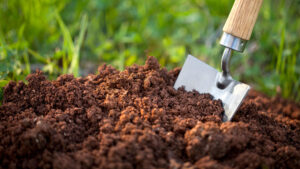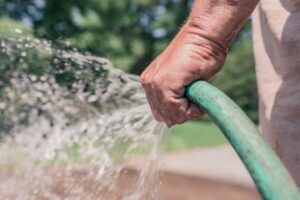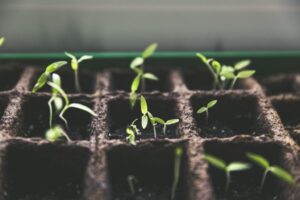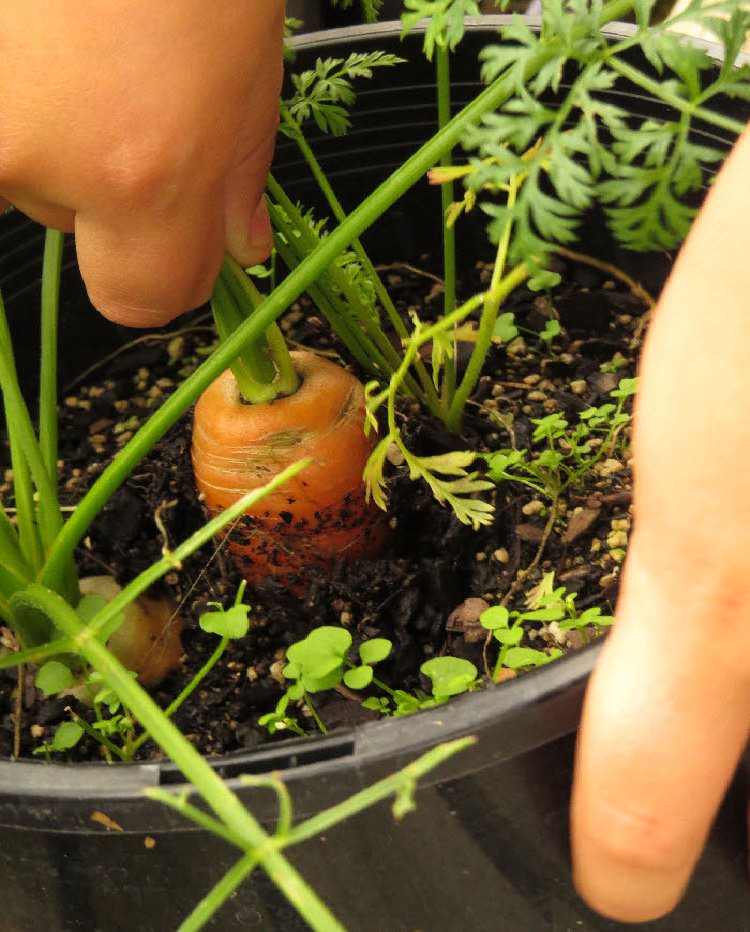There are many advantages to producing your own food. Not everyone can keep livestock, but whether you live on a farm or in a flat in the middle of Johannesburg, you can produce your own vegetables. Some people like the idea because they can then guarantee that the vegetables they eat have not been treated with unhealthy chemicals such as pesticides, herbicides or preservatives. Whether you have a patch of land or a flowerpot, you can grow your own healthy and nutritious vegetables.
This step-by-step guide will help you through the process of setting up your own veggie patch.
Planning
Planning is the most important part of any new project and can make the difference between success and failure. There are many factors to consider when planning a vegetable garden. The space required (and available) is probably the first to consider. Some plants, like pumpkins and creeper beans, need a lot of space to grow, while spinach, onions, carrots can be grown in smaller patches.
Soil type
It is better to prepare a proper soil bed before planting and not simply plant in the raw garden soil. It is recommended to make a good mix of compost and potting soil. Adding bone meal is also good for vegetable growth. A sandy, fertile mixture is the optimal growth medium.

Sunlight
Enough exposure to sunlight is crucial. Without this, the plants will not grow properly, no matter how fertile the soil is or how often you water them. Make sure that your vegetable patch is in a nice sunny area where the plants will have enough sunlight to grow properly, preferably in the afternoon.
Irrigation
Depending on the size of the vegetable garden you can decide between watering by hand and having a domestic irrigation system. Read GROW regularly for ideas on installing your own inexpensive irrigation system for vegetable gardens. Whatever you decide on, it is important not to allow the soil to dry out completely, nor to over-irrigate, as this can be just as bad for the plants. Vegetables grow best in moist soil instead of wet or dry soil.

Seeds or seedlings
If you have the space it is good to plant seeds in small pots first and then transplant the strongest seedlings about two weeks later. If this is not an option, most good nurseries will have seedlings that you can buy in trays of six or twelve plants. These are usually quite inexpensive. When making your own seedlings, place about three seeds in each little pot and then select the strongest when transplanting to the soil bed.










